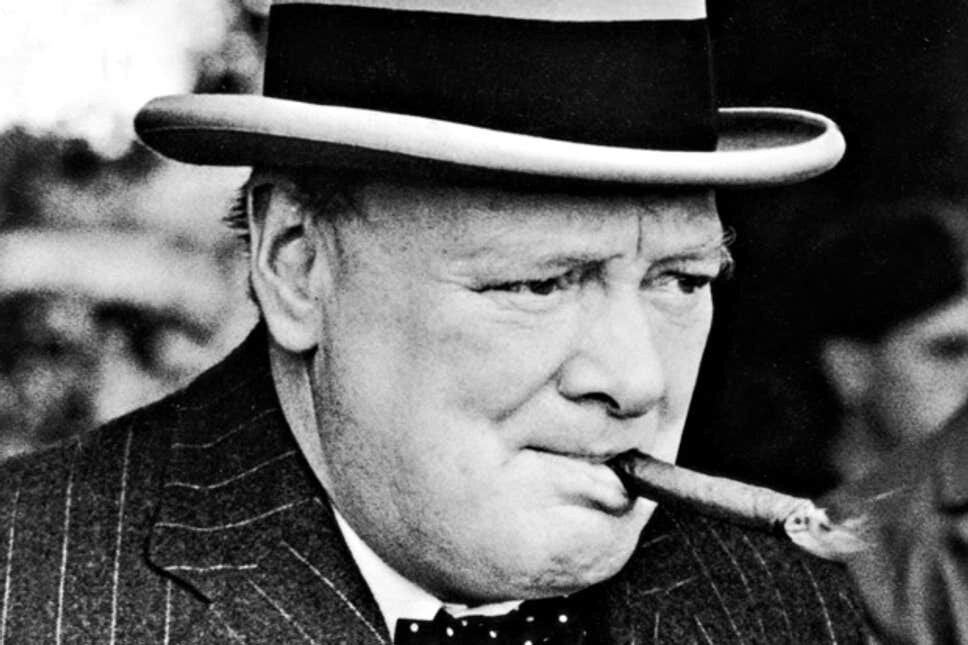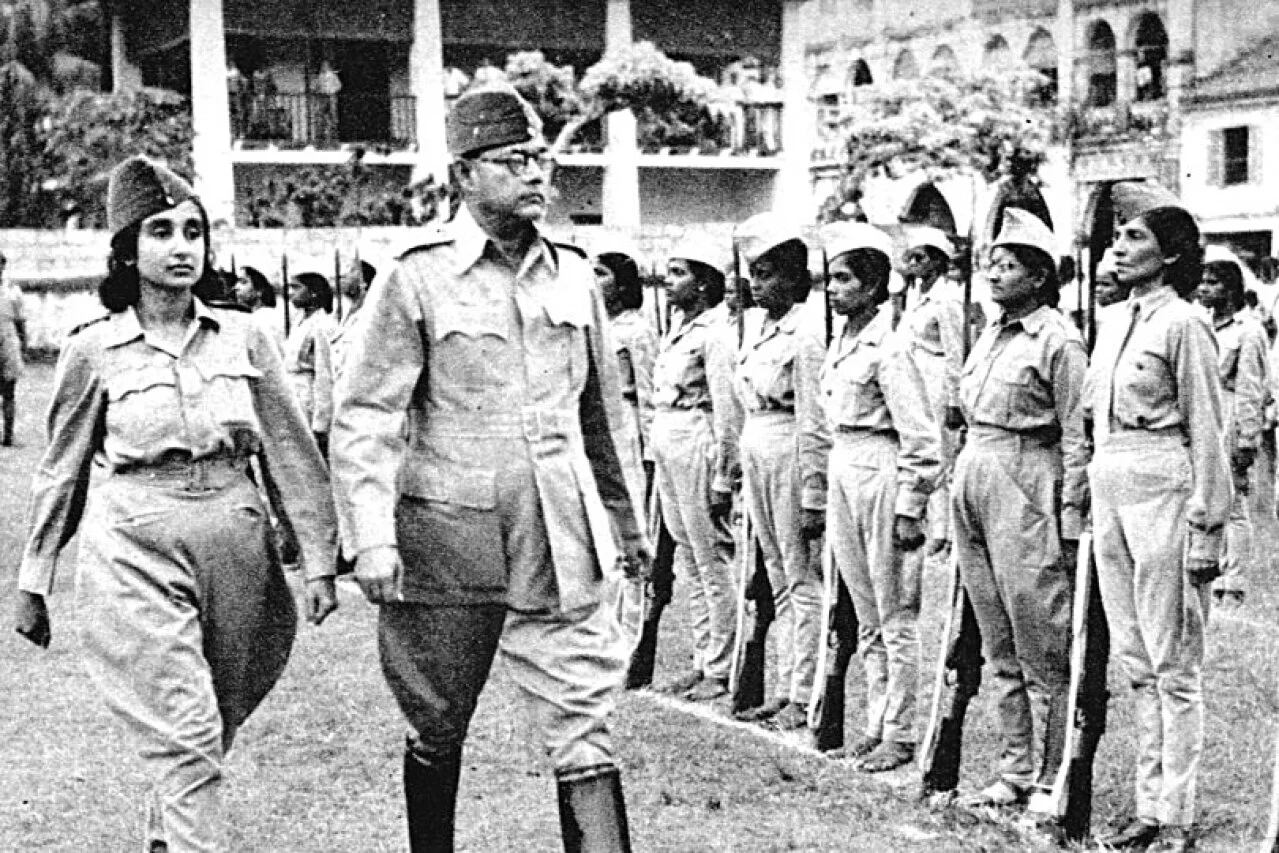Hone’s study shows Nimitz understood command is an art based on collaboration that relies on effective personal relationships to extract ideas and understand new opportunities. He adopted his subordinates’ ideas and made them part of his own plans. Nimitz never backed away from difficult decisions and when appropriate was as bold as any commander. He relied on unified command with decentralized execution combined with the continual consideration of options; the figures and tables Hone provides show this in operation.
#Reviewing War of Supply: World War II Allied Logistics in the Mediterranean
In the historiography of the Second World War, scholars marvel at the wonders of Normandy and D-Day, followed by the famed Red Ball Express on the drive to Paris. Dworak makes the compelling case that the real support and logistics operation came from wartime experience further south. As a reader, it is delightful to see a simple and straightforward narrative play out. Dworak digs into all facets of logistics and stays on task. The author keeps his chapters fast-paced, focused on the big operations of Torch, Husky, Avalanche, Shingle, and Dragoon, while also describing fascinating tidbits along the way.
The Management of Violence: #Reviewing Bomber Mafia
Malcolm Gladwell is known for telling stories—stories about success, societal change, underdogs, and how people or groups of people misunderstand each other. In his book, The Bomber Mafia: A Dream, a Temptation, and the Longest Night of the Second World. Gladwell brings to life historical figures who were instrumental in developing the United States’ bombing campaigns during World War II.
#Reviewing War and Resistance in the Philippines, 1942-1944
Morningstar succeeds in his stated intention to “provide a basis for a fuller discussion of resistance during war as experienced in the Philippines during World War II.” As his work makes clear, localized regional insurgencies, both unified and fragmented, can coincide with and fit into larger symmetric conflicts. However, he ignores the evolution of the scholarship in elucidating the nature of asymmetric war. Specifically, he stops short of critically explaining the conflict that he otherwise ably narrates.
#Reviewing The Folly of Generals: How Eisenhower’s Broad Front Strategy Lengthened World War II
Writing counterfactual history is always of tremendous difficulty, reminding me of astronomer Carl Sagan’s quip that history could only be a science if one possessed a time machine with which to run hypothesis-testing experiments. One can neither prove nor falsify the claims on offer here, but only guess at their plausibility. Such analytical exercises are welcome, and occasionally fruitful. The Folly of Generals will and should be welcomed by military enthusiasts, and is worthy of debate in staff colleges and other institutions of military education.
#Reviewing The World at War
As the U.S. enters what may well be later regarded as the Second Interwar Period, where discussion of a return to Great Power Competition has intensified, good histories need to make sense of why such wars come about and how they are fought. Furthermore, as the world wars of the Twentieth Century recede, it may make sense to treat them as episodes of a more massive conflagration, much as we tend to see The Thirty Years’ War as a whole, rather than a start-stop-start string of individual battles. Readers looking for such an offering should look elsewhere, for World at War fails to deliver.
In a Time of Global Crisis, Lessons from an Unhappy Warrior: #Reviewing a Biography of Alanbrooke
Alanbrooke’s six years at the apex of the British military, at a time when the nation faced its greatest crisis of modern history, tells a story of the inherent value of deep professional competence, a willingness to register dissent, and a commitment to an ideal greater than any single organization or individual. Alanbrooke proved the criticality of remaining unruffled by those things outside of his control, yet demanding the very best from those within his domain.
#Reviewing Churchill’s Phoney War
Clews’ book certainly fills a void in the study of Churchill during the Second World War. His analysis does provide a useful study in the difficulty of crafting a strategy that serves multiple constituencies and solves multiple problems. Modern students of strategy should take heart that they are in good company when they seek solutions to no-win scenarios.
A Modern Deterrence Theory Case Study: America’s Failure to Deter Japan
Historic examples of states attempting to deter unprofitable conflict with their peers are found as far back as 5th century B.C. in Thucydides’ “History of the Peloponnesian War,” when Athens and Sparta exchanged a series of envoys to convince each other that continued violations of a tenuous peace agreement would inevitably lead to war. Today, theories for convincing adversaries to voluntarily limit their pursuit of strategic interests line bookshelves globally.
The Past and Future of Land Warfare in the High North
Most national security discourse concerned with the High North centers around icebreakers, shipping lanes, and so on. However, combat in Arctic conditions offers little new stimulus to naval and airpower practitioners because of the relative global uniformity of their domains. The changing Arctic will have far greater impacts on ground combat by restricting the mobility of units across already-difficult terrain and by exacerbating the logistical and life support needs of these formations.
#Reviewing Sir Antony Beevor’s The Battle of Arnhem
Although much is written about victory in war, relatively little memorializes the lives lost for lost causes. Even after the mission fell to pieces, the men who fought in Arnhem showed remarkable determination, grit, bravery and sacrifice. The Allied defeat at Arnhem was as honorable as any victory, and Sir Beevor pays it a worthy tribute while weaving a human story about defeat and the inhumanity of war.
A Microhistory of World War II: #Reviewing Dogfight over Tokyo
Most books about the final phase of the Pacific War detail the firebombing of Japanese cities, raise questions concerning dropping the atomic bombs on Hiroshima and Nagasaki, or participate in a debate whether U.S. actions or Soviet intervention forced the Japanese to surrender…The approach Wukovits employs tells the reader about the air operations of a single air group on a single aircraft carrier. At the same time there are very few macro studies of the immediate aftermath of the Japanese surrender in August 1945.
The Importance of the Strategic Level: Germany in the Second World War
When looking at the different German levels of war, what mostly doomed Germany is its ideology-inspired, apocalyptic, and unrealistic strategy. The Third Reich’s flawed strategy led it to declare war on both the Soviet Union and the United States; fail to recognize that its operational ways were not necessarily appropriate to obtain its strategic ends; stubbornly refuse to capitulate when defeat was most likely; and prefer total destruction over limited defeat.
#Reviewing McCain and the Triumph of Naval Air Power
This is a serious biography of one of the most important task force commanders in American naval history. Trimble dismantles some of the historical and academic criticism concerning McCain’s scouting during Guadalcanal and his handling of the fleet during typhoons while maintaining fair criticism where needed. McCain comes forward as a real human struggling with the immense challenges posed by handling the navy’s air component combined with managing a huge task force operating in a hostile environment.
#Reviewing The Battle of Leyte Gulf at 75
#Reviewing Women at War
Women at War is a book about shared vision—the vision of Indian independence, for which so many men and women were willing to give their lives, a vision which united the charismatic, controversial, and Cambridge-educated Subhas Chandra Bose with the women of the Rani of Jhansi Regiment, many of whom had never even lived in their mother country.
#Reviewing Bold Venture
Bold Venture’s presence as a window into a little known air campaign that evolved and grew as fortunes, strategies, and leadership changed, makes it worthwhile for those interested in learning more about how American bomber crews and fighter pilots and their Japanese opponents interacted above the skies of the Pearl River Delta between 1942 and 1945.
Guadalcanal 1942-1943: A Critical Turning Point in the Pacific and Window to Multi-Domain Operations
The narrative that claims the Battle of Midway served as the turning point in the Pacific Theater relies on the assertion that following the battle, the Japanese military shifted to the strategic defensive, ceding the initiative to the Allies in the Pacific Theater. Although this may seem logical, given that Imperial Japan never experienced a battlefield victory of strategic proportion against the U.S. following Midway, one must carefully examine Imperial Japan’s battlefield actions to determine the validity of this assertion.
#Reviewing Tank Warfare on the Eastern Front 1941-1942
For decades, popular history has perpetuated misunderstandings about the Eastern Front of the Second World War. Some of these, such as the endless hordes of the Soviet Army overwhelming the professional and competent Wehrmacht through sheer numbers, border on myth, if not outright fabrications. Other myths include the technical superiority of German war machines and the genius of certain commanders, Soviet and German. This myth busting is part and parcel of the motivation behind this book.
Working Backwards from Berlin to the Bocage: Coalescing Airpower Application in the European Theater of Operations in 1944
Proponents of strategic airpower argued endlessly with those who trusted in other ways to win. Yet, the resulting application demonstrated a far more complex and unified approach to airpower than envisioned by the inter-war airmen theorizing at the Air Corps Tactical School, who resolutely set out to determine how to bring Germany to its knees.





















